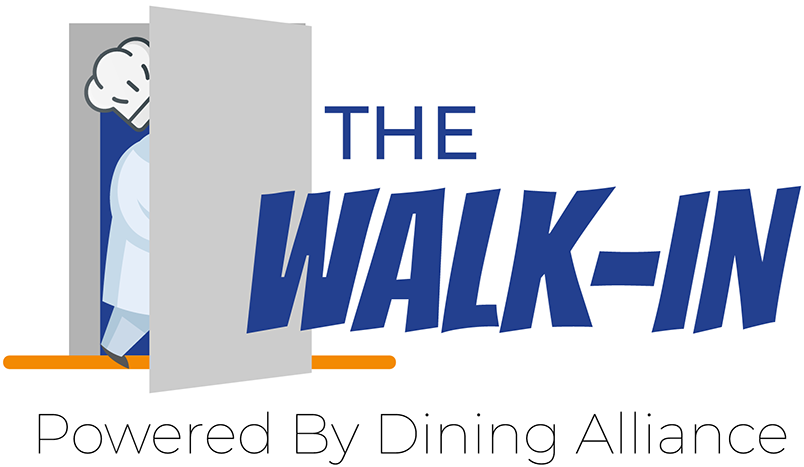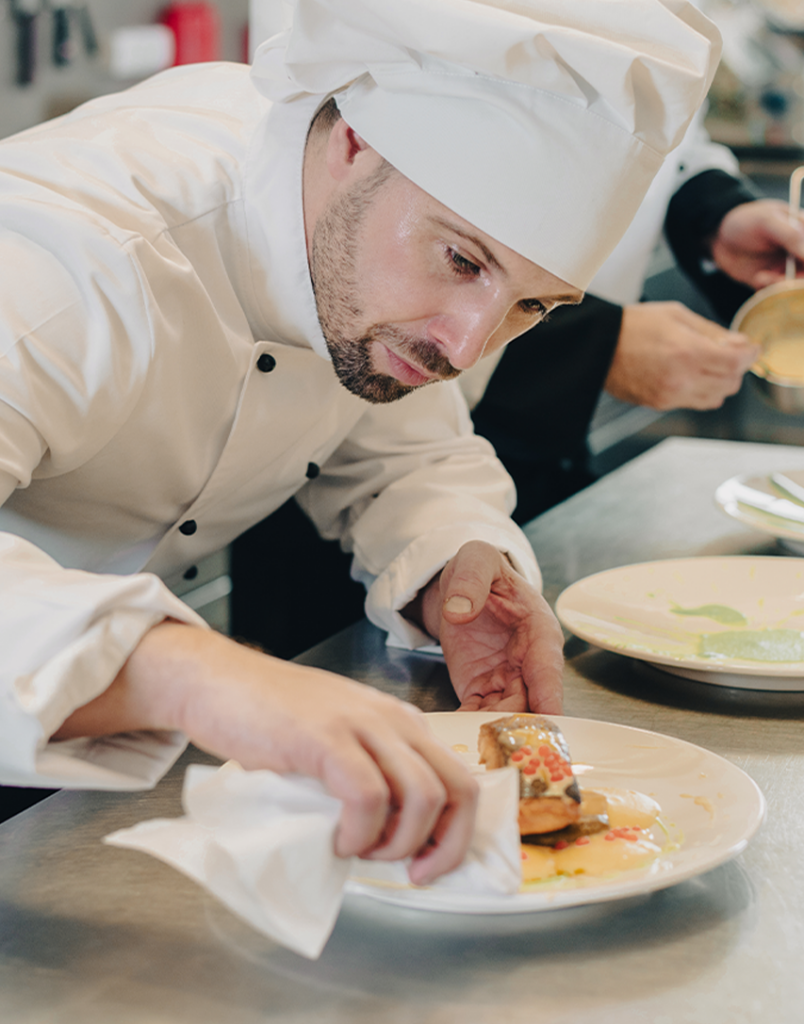We’re probably not the first to tell you that recipe costing is one of the critical practices undertaken by successful restaurant operators, right? However, we may be the first to tell you that it’s a time-sucking detail that many use incorrectly.
Before you aim for that little “x” on the top tab, let’s take a closer look at just what we mean.
The Process of Recipe Costing
First, we’d like to share that recipe costing is not a one-time occurrence—it’s an ongoing process. When food costs change with the rise and fall of market rates, your recipe costs change.
When suppliers change, your recipe costs change. When you decide to add a little more oregano and a little less thyme, your recipe costs change.
We’re sure you’re getting the picture.
But wait, there’s more.
First, you list out all of your ingredients for one of your dishes. Second, you list the purchased unit and the price per unit. Now, factor in your yield to come up with your actual unit cost.
From there, you can calculate your unit serving cost by converting pounds to cups, cups to tablespoons, pounds to teaspoons, etc.
Now times your portion size by your unit serving. Then add up all your ingredients.
Oh, wait, don’t forget your waste and overhead percentages. Phew, I’m tired.
Do you know why you’re doing all of this? Is it because someone decided that restauranteurs and operators have too much time on their hands?
The actual purpose behind plate costing is so that you can price your menu items in a manner that ensures you’ll make money in the restaurant game—keeping your food costs in the magical realm of 25-35%, depending on the type of restaurant.
And while we are all about data, we prefer data that is usable and reliable. How often are you going to calculate recipe costs and then change menu prices to reflect your findings?
While an essential and integral part of a restaurant’s success, knowing your food costs and cost of goods sold (COGS) on an ongoing basis can result in increased profits and much less painful number crunching.
Food Cost vs. Cost of Goods Sold
COGS is the cost of the products used to make the products you sell. Let’s say you’re going to calculate your COGS and food costs every week (the minimum amount recommended). The formula reads:
Beginning value of inventory at the start of the week + purchases made during the week – the value of inventory at the end of the week.
Now, to determine food cost, divide your COGS by your total food sales and times it by 100 to view your food cost percentage.
That number will tell you if you’ve hit the food cost you’re aiming for. Are you in the 25-35% mark? As Yogi Berra said, “If you don’t know where you are going, you’ll end up someplace else.”
Increasing Profits
As much as you enjoy the restaurant industry, at the end of the day, you have to make a profit. While margins are thin, it can be done. If you perform the calculations and find higher food costs than anticipated, you’ve got a few options.
You can adjust your menu prices, find suppliers with the same quality products at lower costs, buy in bulk, or reduce portion sizes.
Once you’ve determined which change is best for your business, be sure to track your sales and food costs and see how the changes impacted them.
There’s An Easier Way
If you’re still counting inventory via tally sheets and long hours in walk-in refrigerators and dry storage, you’re probably wondering how this calculation can save you time over recipe costing.
You’re also probably not in the mood to hear that food costing must be done regularly for operators to reap their monetary reward.
What if we told you that it doesn’t have to be so hard? What if you could take a look at a simple, organized dashboard that lets you know your food costs every week?
That’s where we come in. The Dining Alliance’s Food Cost Management System Food Cost Dashboard contains the key metrics you need: food spend, sales, purchases, and COGS. And it’s updated every week.
Simply snap photos or import your invoices and update your weekly sales via your POS, and Dining Alliance’s Food Cost Management System will do the rest for you.
Don’t live in the dark ages. Bring some Dining Alliance’s Food Cost Management System to your life and business.
Schedule a live walkthrough of Dining Alliance’s Food Cost Management technology today!








